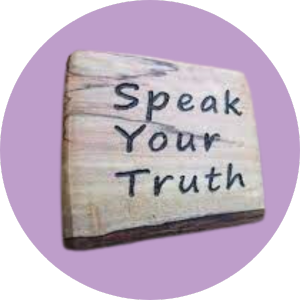
By Jenn Rockefeller
Has your child ever experienced something so horrible or scary that it gave them nightmares? Has your child ever avoided anything that reminded them of the experience? Does your child feel detached from others around them?
If you answered yes to those questions, your child might have Post Traumatic Stress Disorder (PTSD). According to Stanford Children’s Health, “about 4% of children under age 18 are exposed to some form of trauma in their lifetime that leads to post-traumatic stress disorder.”
So what is PTSD and how do you know if your child is experiencing it? How do you get help for your child?
What is PTSD?
According to the National Institute of Mental Health, PTSD (or post-traumatic stress disorder) is “a disorder that develops in some people who have experienced a shocking, scary, or dangerous event.”
Such shocking, scary or dangerous events can include, but are not limited to:
- Motor vehicle crashes,
- Violent acts such as rape,
- Domestic violence,
- Military combat,
- The unexpected or violent death of a close friend or family member,
- Witnessing someone go through a crisis,
- Fire.
Signs in children and teens
Teens experience PTSD much in the same way as adults do. But in children, it can manifest a bit differently. According to the Centers for Disease Control and Prevention, such signs can include:
- Fearful and regressive behavior,
- Reenact trauma through play,
- Trouble sleeping,
- Nightmares,
- Lacking positivity,
- Continuing fear and sadness,
- Sudden angry outbursts,
- Appearing withdrawn,
- Denying the event happened,
- Avoidance.
Other signs in children can include irritability, guilt, stomachaches or headaches, bedwetting, sleepwalking, feeling emotionally numb, and low self-esteem. These signs can manifest in varying degrees and intensity, so it’s always best to seek help from a medical professional.
Treatments
Treatments for children with PTSD are split into two different categories – cognitive-behavioral and pharmacological. Behavioral treatments include psychotherapy sessions with a trained professional, which can help the child work through the trauma by engaging in play therapy or drawing/art.
According to Kids Health, cognitive-behavior therapy is especially helpful because it can help the child “replace negative, unhelpful thoughts and feelings with more positive thinking.” Such cognitive therapy can include EMDR (eye movement desensitization and reprocessing) therapy, which combines cognitive aspects with an external stimulus (such as hand-held paddles). Read more on EMDR here.
Pharmacological therapy is the use of medication to help lessen the fear and anxiety the child may be feeling due to the trauma. It’s important the parent discuss this option to see if the use of anti-depressants or anti-anxiety medications will help.
Where parents can go for help
While going to a primary care doctor is a typical first choice for parents, sometimes it’s not the best option. Many primary care doctors are not well versed in handling PTSD in children. The CDC website lists the following sites that parents can search for further help.
- Psychologist Locator – a service provided by the American Psychological Association
- Find a Cognitive Behavioral Therapist – a service provided by the Association for Behavioral and Cognitive Therapies
- Child and Adolescent Psychiatrist Finder – a service that is designed to help parents seek psychiatric care for their child.
Additionally, parents can visit the following websites to search for qualified therapists near them:
- EMDR therapist – a search provided by the EMDR Institute. The search will include therapists for both children and adults.
- Child or Adolescent Therapist Finder – a search provided by Psychology Today.
With proper therapy and treatment, a child can work through the trauma and lessen the effects it has on him or her. Treatment will be tailored to the child based on age and extent of the trauma. Children are resilient and sometimes their strength is truly admirable. So walk with your child and be there for them. They will need to know you are behind them every step of the way.
If you or someone you know is in an abusive relationship, there is help. You can visit the Break the Silence website at www.breakthesilencedv.org or chat with one of our helpline advocates at 855-287-1777.








